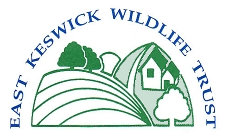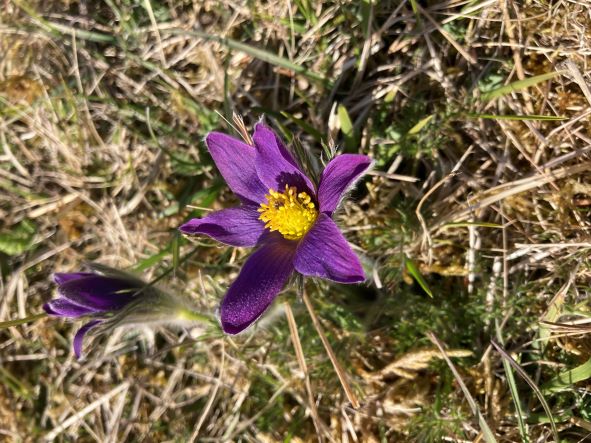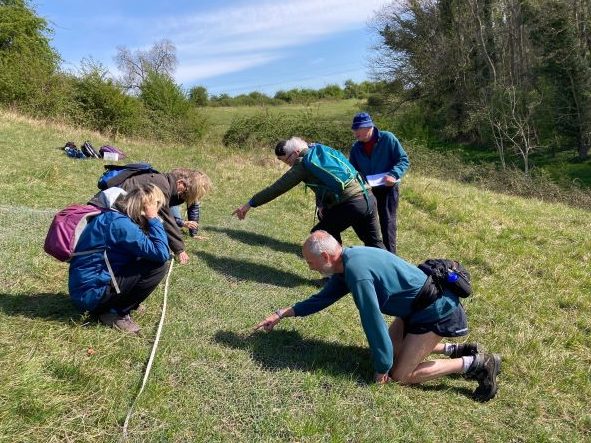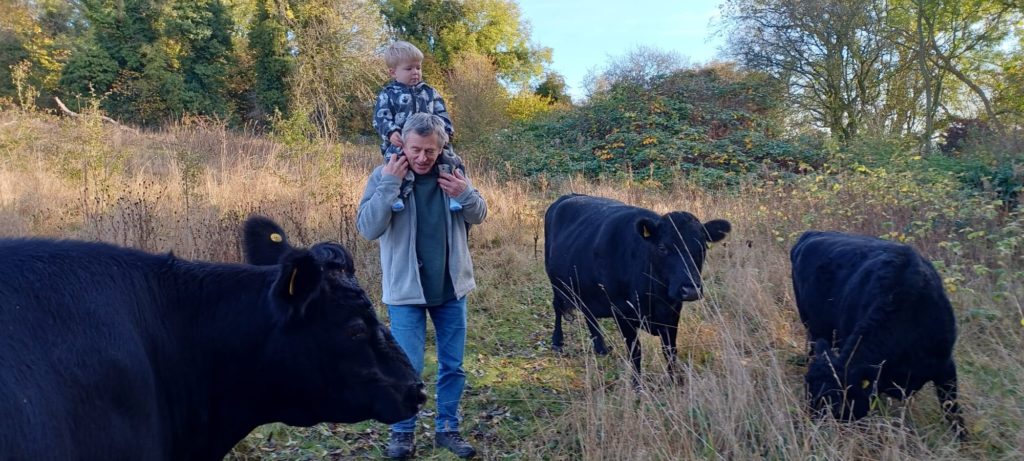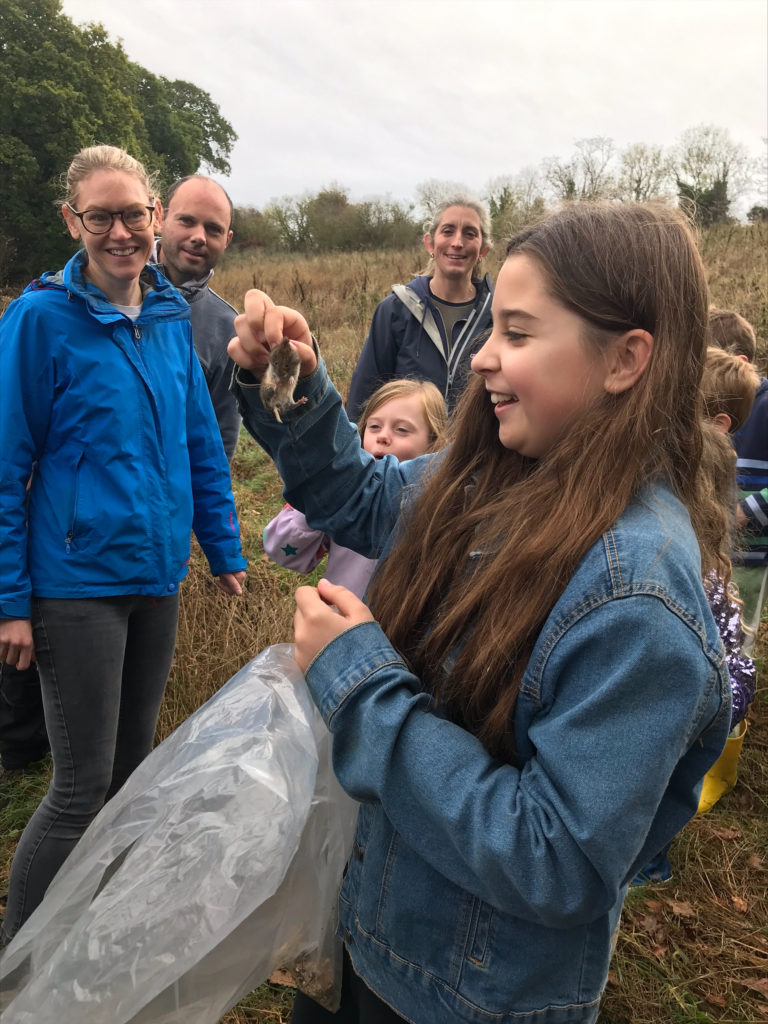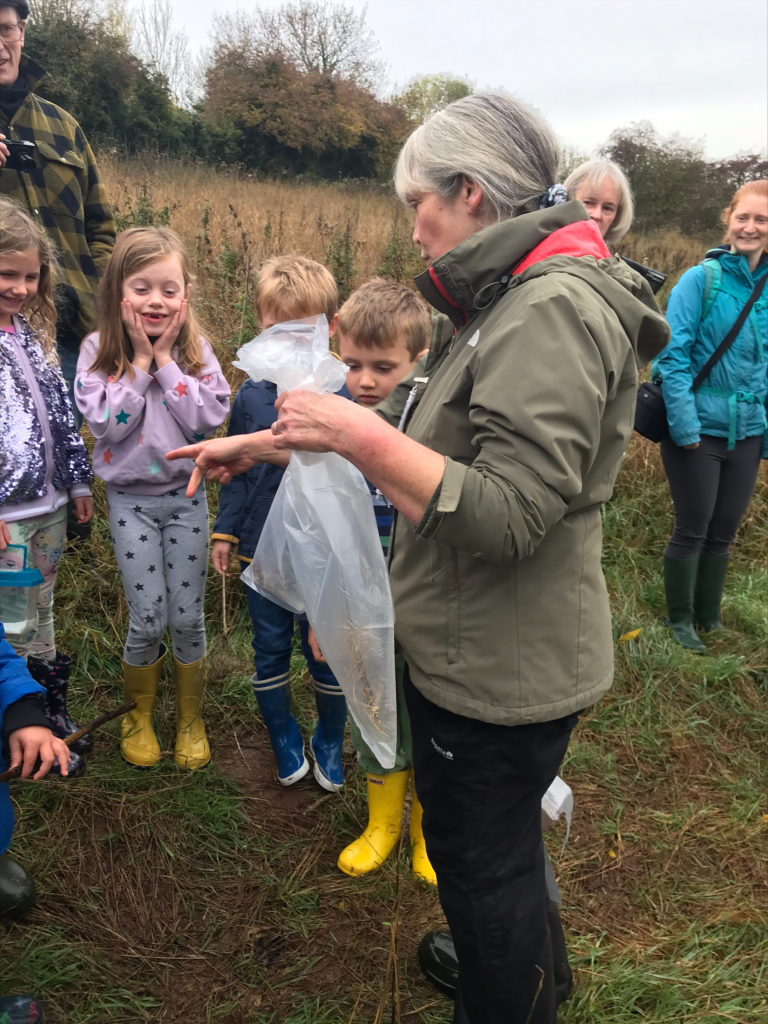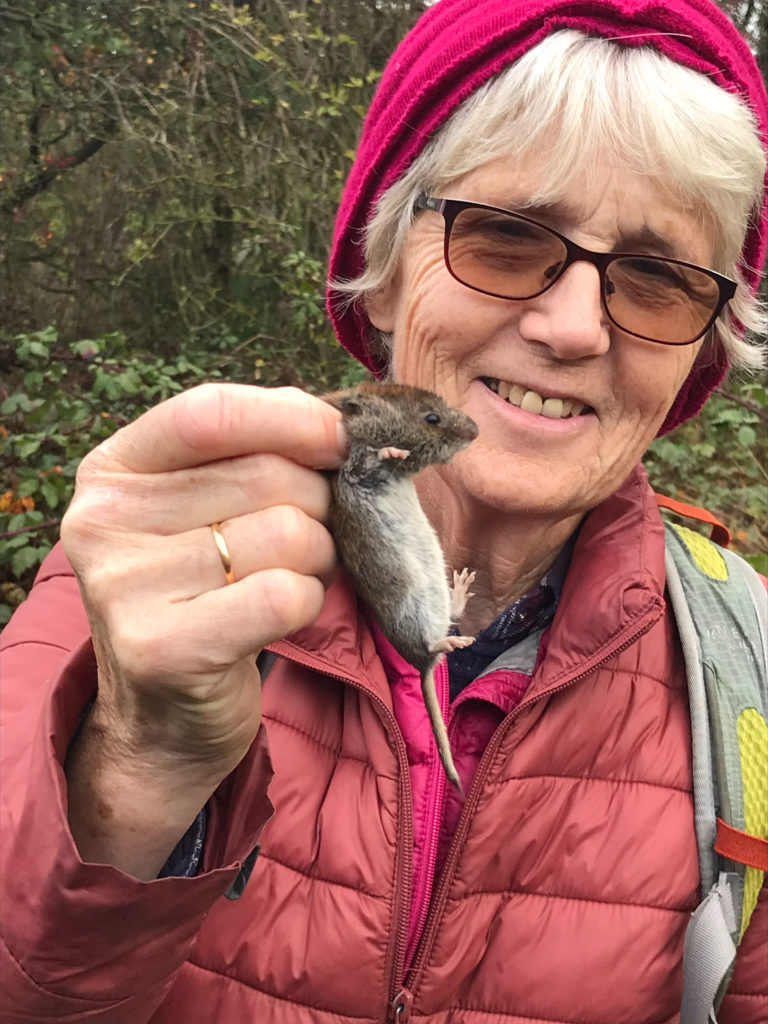Once widespread, this plant is now very rare with over 99% of its population found on just 5 sites in the United Kingdom. The plant is small and can be inconspicuous except when it flowers in Spring around Easter time, hence the name Pasque flower, Pulsatilla Vulgaris.
The Pasque flower was thought to be lost in Yorkshire, until in 1984 a single plant was discovered in a heavily grazed grassland near Leeds. English Nature took over the lease of the site and work was done to increase the population, but this was unsuccessful, and the viability of the plants seed questioned.
How East Keswick Wildlife Trust became involved
In 2016 East Keswick Wildlife Trust were contacted by a senior officer from Natural England who suggested that we take on the project to help save the plant from extinction in Yorkshire. He knew of East Keswick Wildlife Trust’s successful conservation projects and developing expertise and success in germinating uncommon native wild plant species.
The Trust initially took 2 seeds from the plant and proved their viability by propagating 2 healthy plants which were then protected and kept safe in East Keswick. In 2019, East Keswick Wildlife Trust put together a project team and applied for a 5-year license from Natural England to secure the Pasque flower’s future in Yorkshire. The license was approved, and seed collected, with some deposited at the Millenium seed bank at Kew.
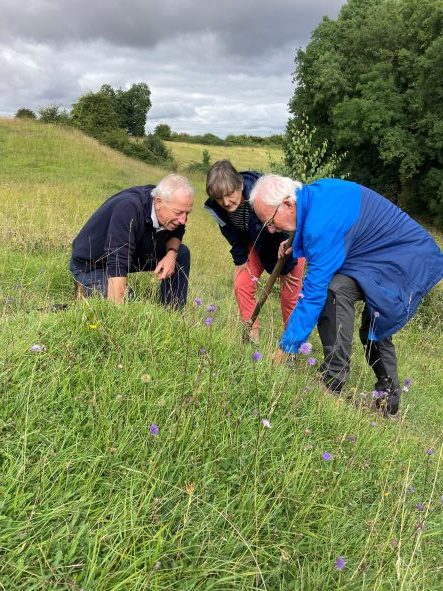
A resounding success
- 2020: East Keswick Wildlife Trust had a seed sowing germination success of 55% and a further 1,300 seeds were sown
- 2021: 67 plants were plug planted into the Yorkshire Wildlife Trust site at Ledsham Bank
- April this year: East Keswick Wildlife Trust volunteers returned to survey the site and found that 31 plants had survived the winter with a number in flower.
We continue to nurture more seedlings with a view to plug planting them in the future and consider this project to be a resounding success.
Please follow the link below to watch a short film by the Natural History Museum about this lovely flower
